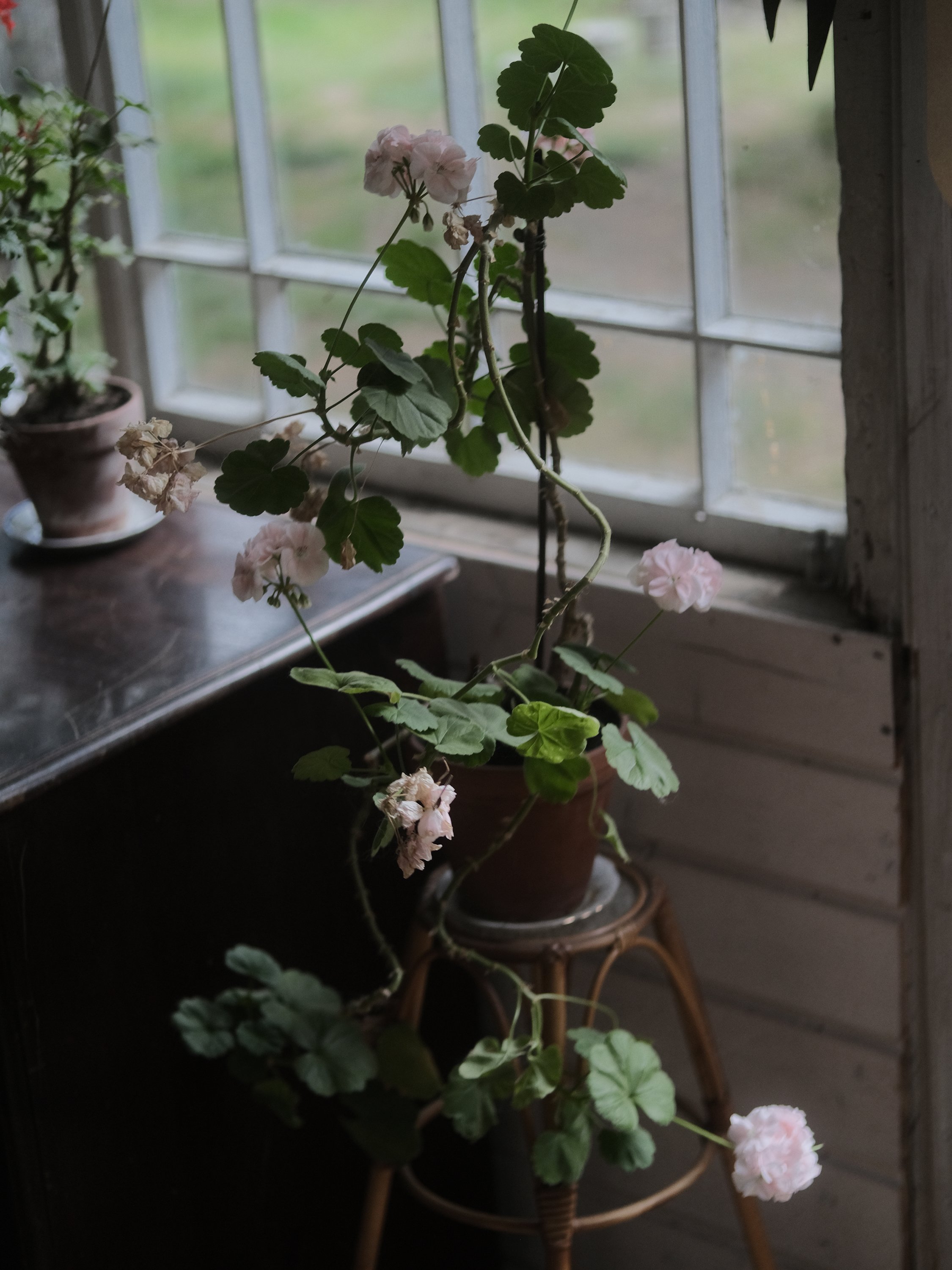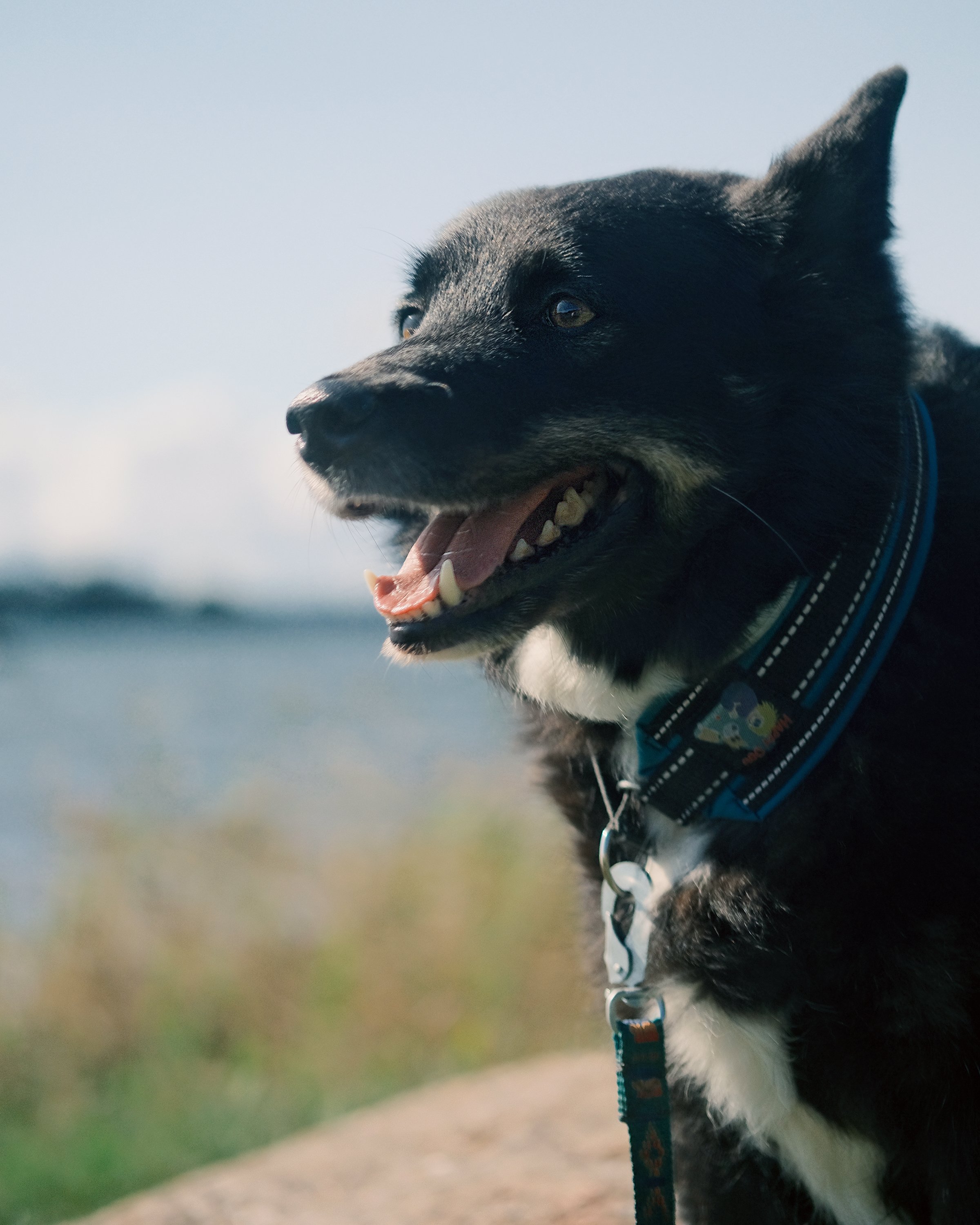Medium format film look on Fujifilm (perfect recipe)
With this recipe you will be able to replicate the perfect medium format look. This isn’t just a simple film simulation recipe — we’ll go few steps beyond basic image quality settings in order to achieve a superior medium format simulation without any editing in post production.
You will need
A Fujifilm camera that features HDR Plus drive mode (X-Pro3, X-T5 etc)
A pro mist filter
A fast lens
Your favourite Portra film simulation recipe
In addition you’ll need to make sure to include few critical image quality settings, that I’ll go trough in this article.
1. Dynamic range and latitude
Some Fujifilm cameras feature a HDR Plus drive mode, that takes three exposures and combines them into a single image. This mode creates beautiful JPG’s with excellent tonality. Even though it says HDR, the image quality is honestly really pleasing and organic and not the usual HDR crap.
This is a critical setting for this recipe, because we want to replicate the tonality of film. This setting will be really forgiving on highlights and retains beautiful shadow detail. Sometimes the images can turn out perhaps a bit too flat, but it can be easily adjusted with curves.
Keep a steady hand and favour still subjects, because three separate exposures are being slammed together and any movement will cause an effect that resembles motion blur.
2. Mist filter
An old trick to soften digital photos is to use mist filters. It will create beautiful halos and glows, resembling that of a film image.
3. Lens choice
A fast lens with a large maximum aperture will also enhance that distinctive medium format look by giving a shallower depth of field. A basic 50mm f2 or something similar will work great. Vintage glass may also give a nice, unique aesthetic. Favour normal focal or slightly longer focal lengths rather than wide lenses, if you want to have that blurred background separation.
On the example photos below, I’ve used:
Fujifilm 50mm f2
Voigtländer Nokton Classic (M-mount) 50mm f1.5 (adapted)
Fujifilm 18mm f2
4. Film simulation
Of course we’ll need out favourite film simulation as a finishing touch.
Additional notes
Turn off film grain setting or keep it to a very minimum. The grain effect will be amplified by three in the final as it is a combination of three images.
Favour extremely high shutter speeds in order to capture the HDR exposures as closely to each other as possible.
By cropping the images to a 4:5 or 1:1 image ratio, can also really give a subtle finishing touch, as they are common medium format ratios.
Pros
Perfect film look straight out of camera
Excellent for JPG shooters
Drawbacks
Not so good for moving subjects
Further reading









